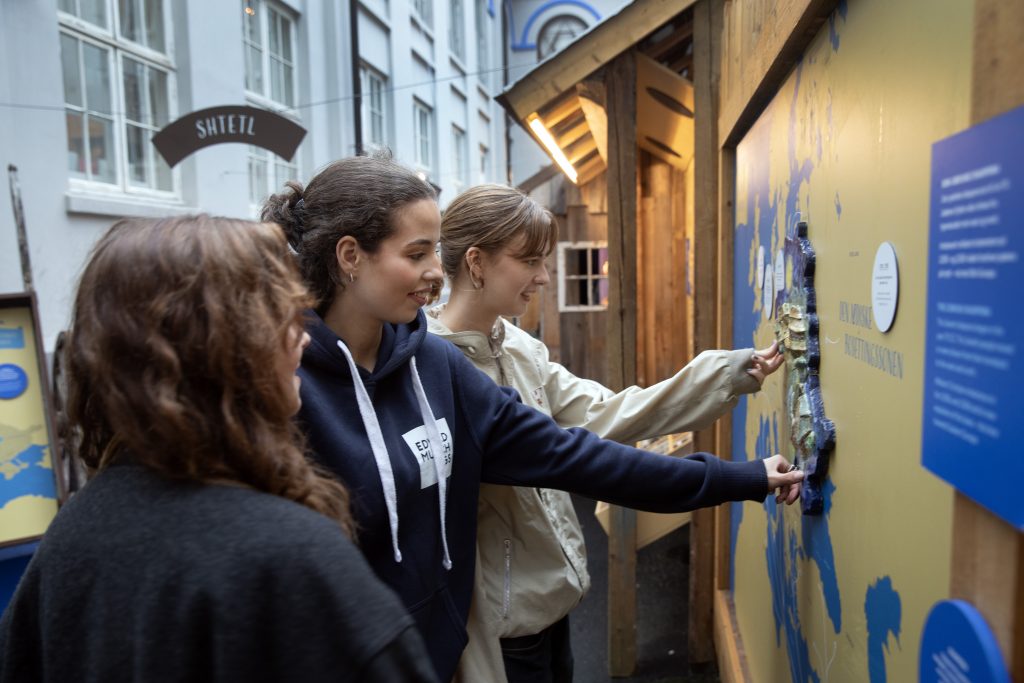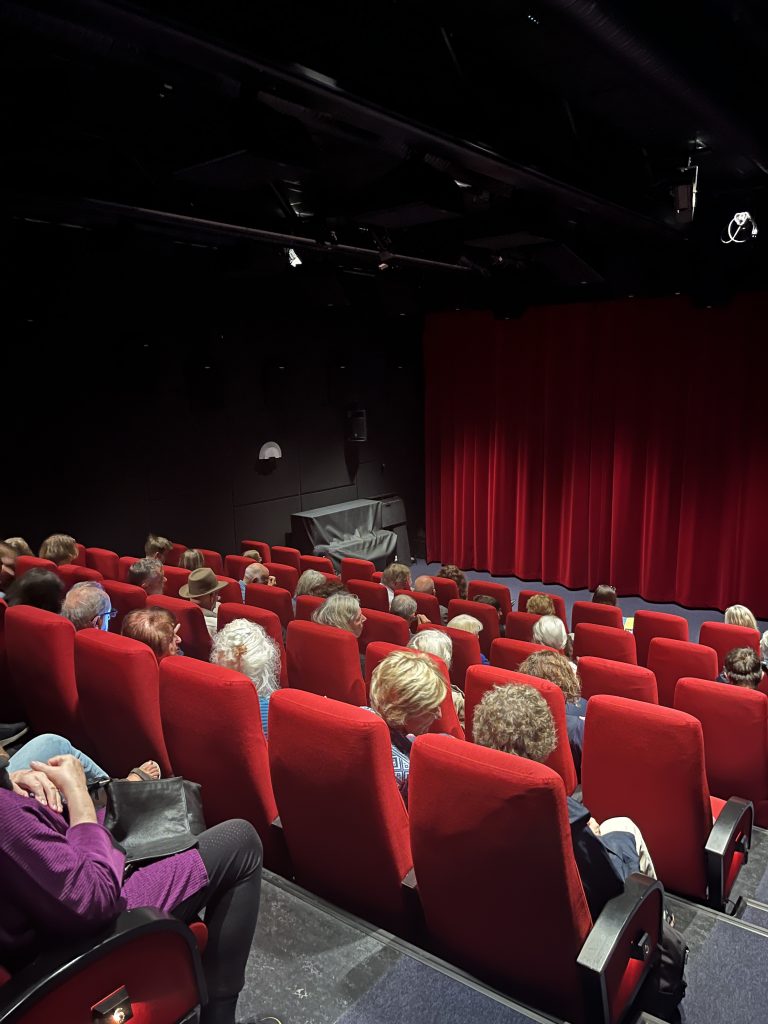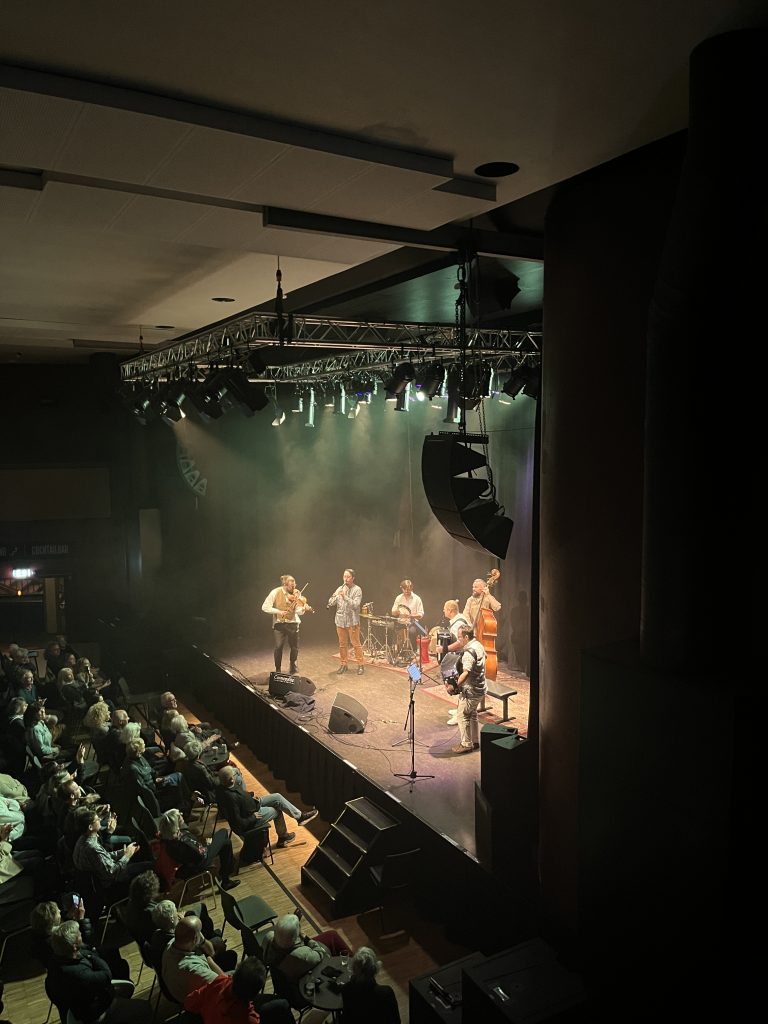Screenings, concerts, lectures… many events are organized this year by the Oslo Jewish Museum. Among them, a concert by David Krakauer with his Acoustic Klezmer Quartet! Here’s our encounter with Ingrid Vonen, Head of communication and Museum educator…

Jguideeurope: Which cultural events will be organized at the museum in 2025-26?
Ingrid Vonen: Throughout the year, the Oslo Jewish Museum arranges a variety of cultural events. We organize an average of one event each month, such as concerts, talks, dance courses and events prior to Jewish holidays. This year, we will be publishing the much-read Norwegian book “From Synagogue to Parliament” by the former parliamentarian Jo Benkow, in English. There is always something happening at the museum!
The highlight of the year happens during the first weeks of September. The Days of Jewish Culture. We screen five movies during the “Jewish Film Days” and arrange concerts: this year three concert – with the Israeli Nigun Quartet, the Norwegian Fun Eydishn Lebn and, last but not least, the American clarinettist David Krakauer with his Acoustic Klezmer Quartet. The Krakauer-concert will be held at Cosmopolite, a bigger stage, while the other concert will take place in the museum – the former synagogue in the heart of Oslo City Centrum. During the Days of Jewish Culture, we will also arrange talks and serve traditional food.

Can you share a particular moment of the Klezmer Night?
Since the Night of Klezmer is held in a venue that arranges a variety of folk and world music concerts, many people that might not have heard about the Jewish Museum or the klezmer genre, find information about the concert, and attend it. It is great fun meeting old friends; people that attend many of our events, and new acquaintances every year during the grand Night of Klezmer concert at Cosmopolite, Torshov, Oslo!
Can you present us some of the objects displayed at the Shtetl exhibition?
In 2023, the Oslo Jewish Museum opened its newest exhibition – Shtetl: a lost World, in the backyard of the museum. The exhibition tells the stories of the first Jewish immigrants that came to Norway during the 1880s to 1920s. Why did they leave, and what did they leave? In the small exhibition, we present the shtetls. Where these small villages with a majority of Jewish inhabitants were, and what the characteristics of these small villages were. We tell the story through maps, images of people in a variety of occupations, sound clips of language and music, pictures and text.

The exhibition solely has objects meant to exemplify the stories told; they are not historic artifacts. We would have faced challenges if and when we were to store historic artifacts in the outdoor exhibition, and we were also lacking relevant historic artifacts to display; the Norwegian Jews did not bring much from the shtetls. The exhibition engages through stories more than it is a display of objects.
Do you feel all those cultural projects help fight the rise of anti-Semitism?
We strongly believe that dissemination of Jewish culture fights the rise of anti-Semitism. Knowledge and de-mystification create tolerance.